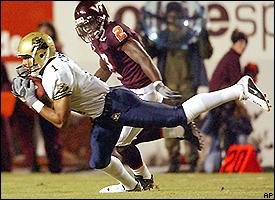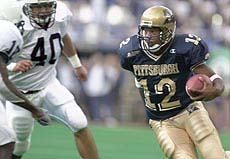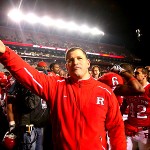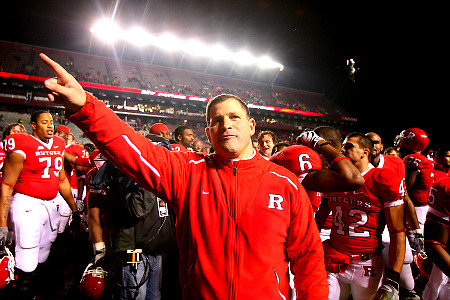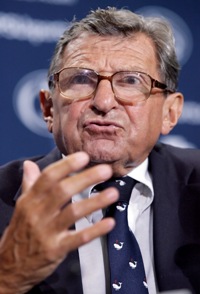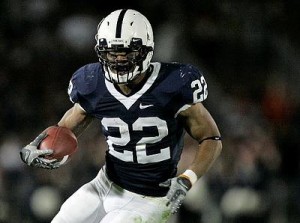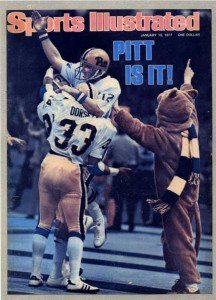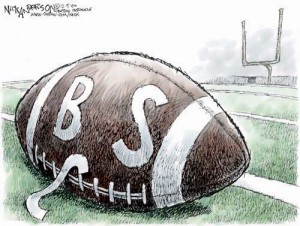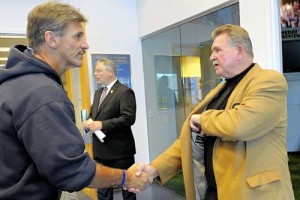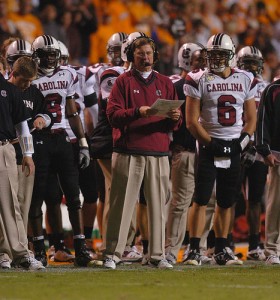Yesterday when the NCAA announced its sanctions on the Pennstate football program, I watched Facebook, Twitter, ESPN.com article comments and other sources to gauge the reactions of Pennstaters to this apparently devastating hit to their once-proud football program.
I’m not sure I read anything from a Pennstater agreeing with the penalties. Not a one. Many said that the full story hadn’t been written, that the NCAA should have waited until the trials of Spanier, Curley & Schultz had laid out more evidence. A few continued to stress that the NCAA had no jurisdiction to sanction the football program. Some concentrated their wrath on the media for its supposed feeding frenzy. Others lashed out at the current administration for copping out to the NCAA. And so many many others simply screamed into the void, “We are [still] Pennstate!”
I have to ask, what penalties, if any, would they have accepted as fair? 2-year bowl bans, 5 scholarship reductions/year, no monetary fine? Only a monetary fine? More NCAA oversight? Or perhaps, nothing.
Surely, nothing better is going to come to light after the verdicts for Messrs Curley, Spanier and Schultz. Joe Paterno is not going to be magically exonerated. The culture of Pennstate’s all-power, all-encompassing football institution, whose power engendered this cover-up, won’t be seen in a softer light. And make no mistake about it, Pennstate football was and is an institution, not just a program.
I don’t think the public can be expected to believe Pennstate’s own proclamations that it’s reforming its culture and so should be left alone. Oh so, Curley, Spanier and Schultz are gone or placed on leave. Paterno was fired. Maybe the Board of Trustees will be the next to go. Well bully for yinz gahz.
Every measure taken that even tangentially touched the football program or the culture that Paterno fostered has been fought. Fire Paterno – riots. Take down the Paterno statue and people go nuts. Rename Paternoville to Nittanyville and Facebook explodes. The Freeh report itself was commissioned by PSU’s own administration and many Nitters still don’t believe it, whether about Paterno or the football institution.
We (myself included) trusted Pennstate for decades that their “success with honor” motto was real and tangible; that the sanctimony, however annoying, might be earned. No more. Welcome to the club of ordinary universities, Pennstate. You don’t get the benefit of the doubt anymore.

